
Table of Contents
Celtic Strength
The Celts were strongly connected with and influenced by the natural world around them.
They were renowned for their courage and bravery in battles and are believed to have used symbols from the natural world to protect themselves.
It is therefore notable that both the Celtic symbol for strength and the Celtic symbol for inner strength are most likely associated with trees.
Trees in Celtic culture were particularly important and were revered for their strength, resilience, and durability.
Not only did trees provide food, protection, shelter and medicine, they were also thought of as the spiritual homes of the ancestors and functioned as areas of worship and rituals.
Explore more about Celtic Symbols and Celtic knots on this website.
Are there Celtic Symbols for Strength?
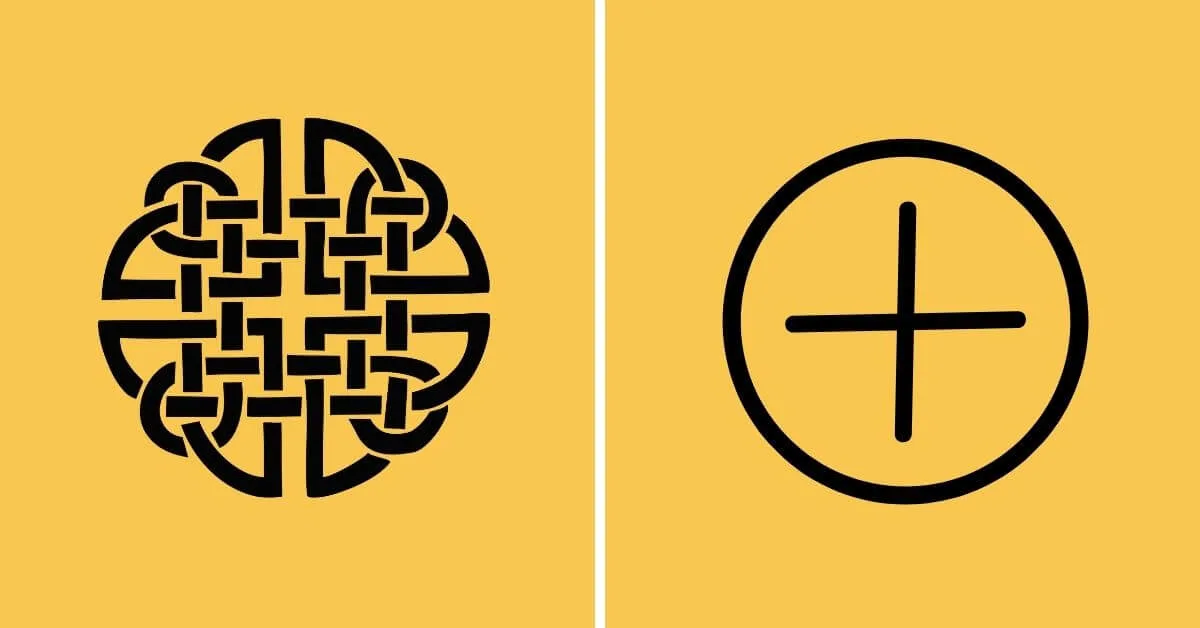
There are interpretations that suggest that the Dara knot is the Celtic symbol for strength and the Ailm is the Celtic symbol for inner strength.
It is difficult to conclusively verify these interpretations as the early Celts did not leave written records of their culture. Verbal communication of knowledge was used by the Celts to transfer wisdom from one generation to the next.
Unfortunately, this has left many questions relating to the true interpretation of Celtic symbols in general, as well as the Celtic knot for strength.
While there has been much research and debate into the possible meanings of Celtic symbols by scholars and academics in this field, a lot of the information available online is not based on any reliable evidence.
Please be very critical of the information you read online relating to Celtic symbols and their meanings. There is an awful lot of fake information available.
Celtic Symbol for Strength
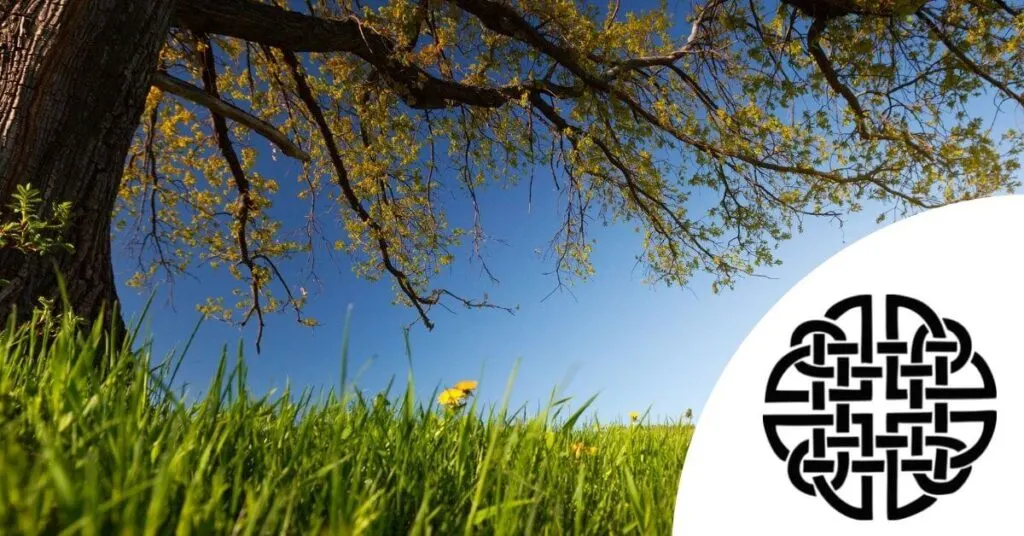
Traditionally, the Dara knot is depicted as the Celtic symbol for strength.
The most simple Dara Celtic knot motif is a round knot featuring several interlace patterns that are repeated three or four times. There is no clear start or end point, making it a “true” knot.
There are different stylistic variations of this design.
One thing to note is that very stylized versions of the Dara knot, often seen in Dara knot tattoos and design motifs, are likely to be modern creations that were definitely not created by the Celts.
In fact, there are some uncertainties as to how ancient the Dara knot design is. It may be a more recent design based on the style and symbolism of knots from the earlier Celtic period.
More information about Celtic knot symbols and meanings can be found in our post here.
Dara Knot Meaning
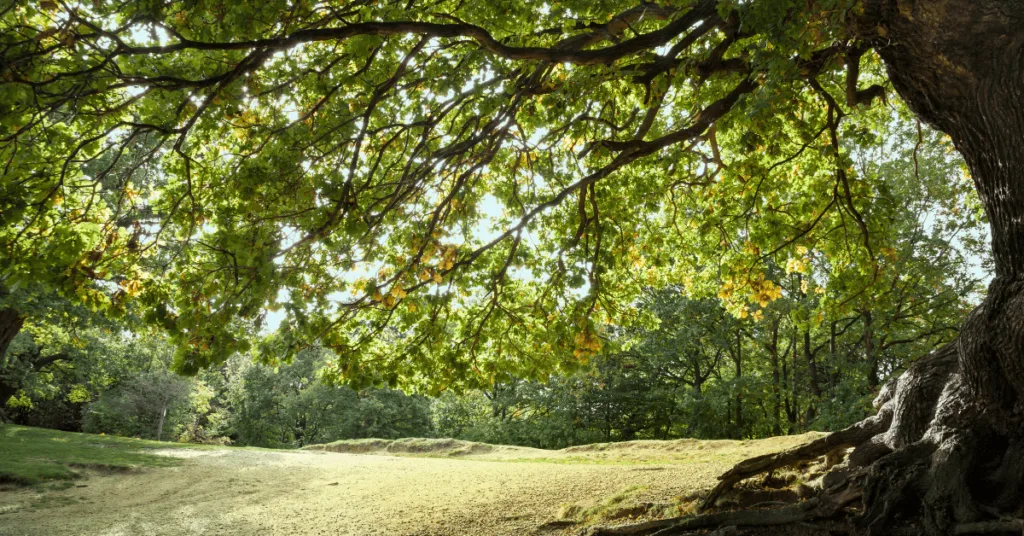
The term “Dara” originates from the Irish for oak tree, crann dair, or oak grove, daire.
Oak trees played an integral role in Celtic culture, as well as mythology and spirituality.
The longevity, wisdom and strength Celtic people associated with the species helped the oak gain its status as the most sacred of all trees.
Oak trees are one of the most magnificent of Ireland’s native tree species, known for their ability to live for several hundred years given the right conditions.
(Find out more about oak trees, the laws that protected them and the Celtic Tree of Life here.)
An image of an oak tree with an extensive crown of branches above-ground may be familiar to many of us.
However, it can be easy to forget about the substantial network of roots below-ground that is essential to support and sustain the tree.
This network of roots crisscrossing deep in the earth is fundamental for the strength and overall health of the tree.
One of the main theories behind the meaning of the Dara Knot is that the interlacing knot design symbolizes the extensive root pattern of the oak tree found in the soil. A tree relies on its good foundation in order to grow strong and flourish.
Through this connection, the Dara Knot has become the Celtic symbol for strength.
Dara Knot as Celtic Symbol for Strength
There is no doubt that the Dara knot has become popularized in recent times due to its association as being the Celtic symbol for strength and courage.
Along with other Celtic knots, such as the Trinity knot or Love knot (Serch bythol), the Dara knot is a desirable Celtic design often integrated into Celtic jewelry such as rings or pendants as well as textile design and ornaments.
Alternatively, some people (both Irish people and those further afield) find the idea of permanently wearing the Dara knot as Celtic symbol for strength tattoo appealing.
The traditional symbolism behind the Dara knot makes the Dara knot tattoo design a popular choice.
(As with all tattoos, make sure you do your own research and know exactly what the symbol represents before you ink it on your body!)
Celtic Symbol for Inner Strength
Several websites suggest that the Ailm represents strength, while others interpret the Ailm as the most representative Celtic symbol for inner strength.
It is difficult to find independent scholarly sources to verify either of these interpretations.
Please feel free to search for yourself and let me know what sources you find!
What is the Ailm Symbol?
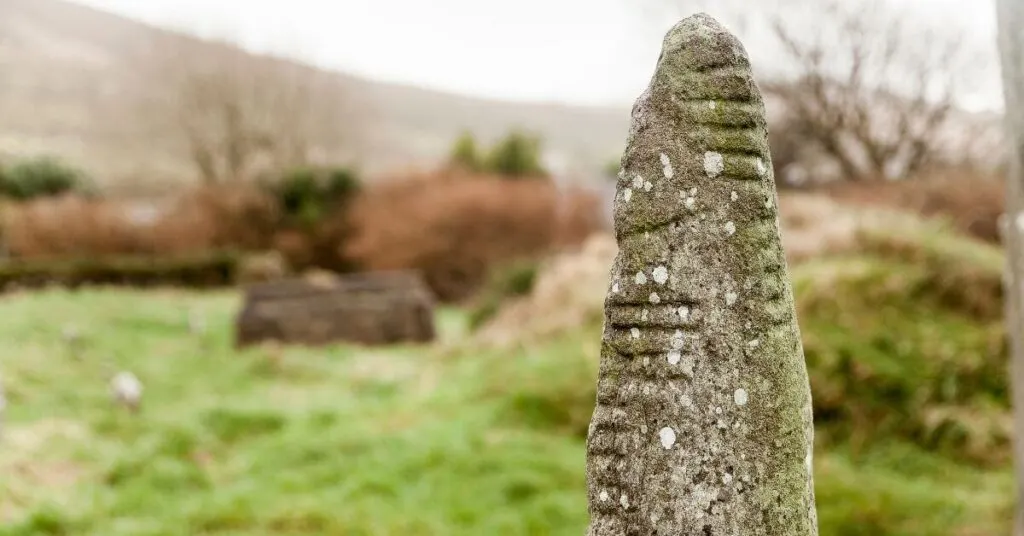
(Photo: © benstevens via Canva)
The Ailm stands for the phonetic letter “A” in the Celtic ogham alphabet.
This ancient alphabet dates back to at least the 5th century.
Ogham consists of a series of horizontal or diagonal lines and notches.
These were usually carved along the vertical line of a slab of stone.
The Ailm is represented by a single notch.
Some modern variations of the design have stylized the single notch of the Ailm into a cross shape symbol, with a circle around it.
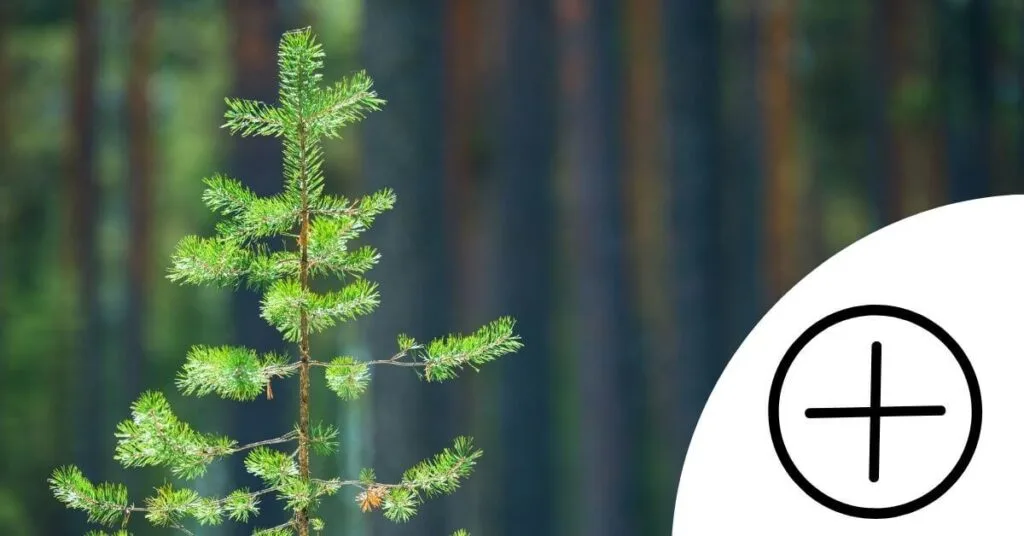
The Ailm Symbol Meaning
Beyond its function as a letter in the ogham alphabet, the meaning of Ailm is not well defined and open to different interpretations.
There is some reason to believe that the Ailm may represent a tree species, like some of the other letters in the Ogham alphabet.
Texts such as the Ogham Tract (oldest record dates from 1390) or the King Henry and the Hermit poem (from about the 16th century) suggest a connection between the Ailm and “pine” or “fir” trees.
From a botanical point of view, the “pine” or “fir” tree referred to is almost certainly the native Scots pine, or as it was sometimes previously known, Scotch or Scots Fir.
(Other tree species with suggested connections to the Ailm including silver fir or douglas fir tree are unlikely to be correct as these fir trees were only introduced to Ireland and Britain in the 19th century.)
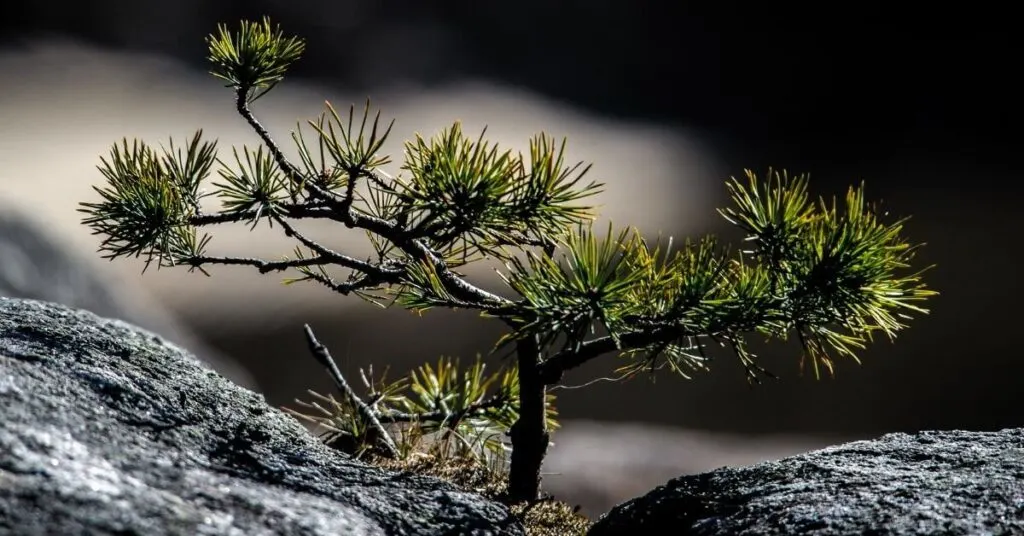
Some people believe that the Scots pine demonstrates its inner strength by its hardy and resilient nature, which enables it to tolerate and thrive in poor conditions.
In fact, the Scots pine was once plentiful in Ireland, but due to changes in the climate and the impact of human activities, the Irish population of Scots pine was thought to have become extinct at some stage during the last 1000 years.
However, a recent study by McGeever and Mitchell in 2016 found that at least one population of Scots pine persevered relatively unscathed in County Clare.
If the interpretation into the connection between the Ailm and Scots pine is correct, what better example of endurance, resilience and inner strength is that?!
If you enjoyed this post, why not check out some others such as Celtic Symbol Meanings or Irish Symbols, such as Irish Celtic Crosses and the Claddagh Ring.
We also have an interesting post on the Native Trees of Ireland if you are interested!
This post may contain affiliate links. If you click on one of them, we might receive a small commission (at no extra cost to you).
Thanks for your support!
